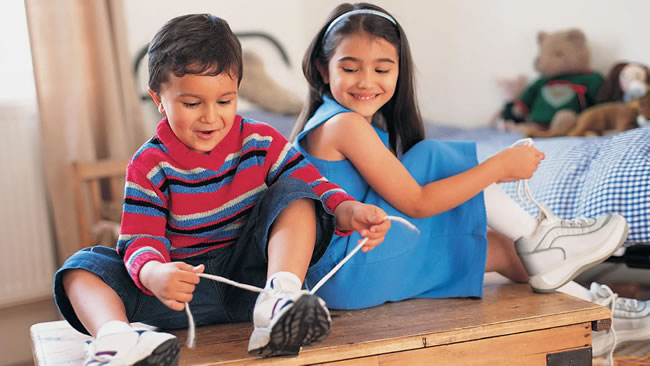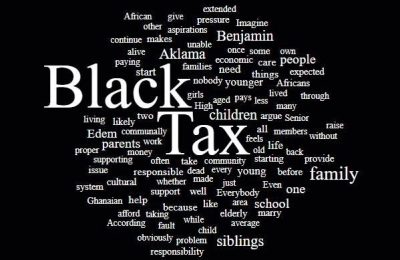
Mrs Hannah Adekola and her 6-year-old daughter, Kemi, were at the mall to buy new shoes for her upcoming birthday party. She was particular about the fashion in vogue and brands that are durable. Kemi while trying on the shoe her mummy picked from the rack was frowning and shaking her head “These won’t look nice with dresses. I want shoes that glitter, similar to the one my friend wore at her party. She wore it dancing and didn’t complain of pains all through the party,” Kemi said to her mummy.
For Henry, a 10-year-old junior secondary school student, snickers are the best of shoes to wear, even going to a party.

‘‘I like trainers, I am more able to do stuff, and they seem good for running. I can move about in them more, the top does not crease and dig in like shoes with hard soles, “he retorted.
In younger children, footwear preference is related to idiosyncratic tastes in aesthetics, physical ability and comfort. As children age, societal influences begin to expand the social function of footwear denoting group membership, to include themes that transcend the functional and social function of footwear.
Parent/guardian preferences for specific shoes were associated with comfort, suitability relating to purpose, its cost and minimal aesthetics or considerations of health.
However, what constitutes a ‘healthy’ shoe for children is far more than aesthetics. Shoes are the most important part of an individual’s attire, as no other article of clothing must fit so precisely and perform critical mechanical functions such as transferring body weight.
Dr Ajibola Oladiran, a consultant orthopaedic and trauma surgeon at the University College Hospital (UCH), Ibadan, said parents need to be choosy about the types of shoes that children wear to prevent injuries and deformities.
He stated: “Inappropriate shoes can damage their feet for life. With a hallux valgus that child is going to have pain for the rest of his or her life unless something is done about it, so why buy shoes that will cause a lifelong problem? Hallux valgus, also called a bunion, is a bump that forms on the outside of the big toe.
“Whether buying boots, shoes or trainers, especially for children, avoid the ones that have the narrow toe box or the tight ones. It is not specifically about the type of shoe, it’s just important that the toes are not crowded and squeezed together.
“Children should not be wearing heels for any reason, their feet are still growing. Whether it is blocked, wedged or stiletto, heels are heels. What makes the stiletto more dangerous is that it is unstable, so in addition to the foot being tilted, the wearer needs to be a bit more careful for the foot not to shift sideways and then twist the ankle before a fall.
“By 16, a female is almost skeletally mature, males a bit later. So, left to me alone, nobody should be wearing heels, not even 40-years- old but if for some reason people will still insist on wearing heels at least not before the age of 18. Then, the foot bones are fully formed and the bones are not likely to get deformed.”
Dr Oladiran stated that the size of footwear for a child is very important since the bigger the footwear sizes, the lesser the chances that the toes will be crowded.
“Back then, one thing our parents did for us because of finances but which turned out to be to our advantage is that when they go to buy shoes, they buy shoes that are three or four sizes bigger and then they stuck the front with newspaper. What happens then is that because the shoe is big, the toes are not crowded.”
According to him, even when buying shoes that have a narrow toe box, the child will need a size bigger than the foot so that the toes are not crowded. It is better to be two or three sizes bigger. A child in six months would have outgrown his exact size of shoes.
Dr Oladiran said that when a child complains that footwear is tight, it should be changed immediately so that it doesn’t damage the child’s feet.
Typically, price isn’t a factor as a good shoe may be cheaper than an inappropriate shoe, and famous brands are not a guarantee of a quality shoe. In buying footwear, check for the following:
Adjustable strap such as laces which allows for adjustment depending on an individual’s needs. Tight-fitting and rigid footwear is reported to provoke foot strain and deformities.
Heels should be soft and stable to prevent vertical or horizontal heel movement.
Roomy enough (both width and depth) at the front of the shoe for your toes. During normal walking your foot both spread out and lengthens up to one centimetre in each direction.
Shoe’s heel must not exceed 2.5cm in height so that the heel and ankle do not become more unstable and thus prone to sprains and forefoot pain.
Discard worn-down footwear, as these have often lost some of their basic functions. Continuing to use worn-out running shoes increases the stress and impact on the legs and joints.
ALSO READ FROM NIGERIAN TRIBUNE







